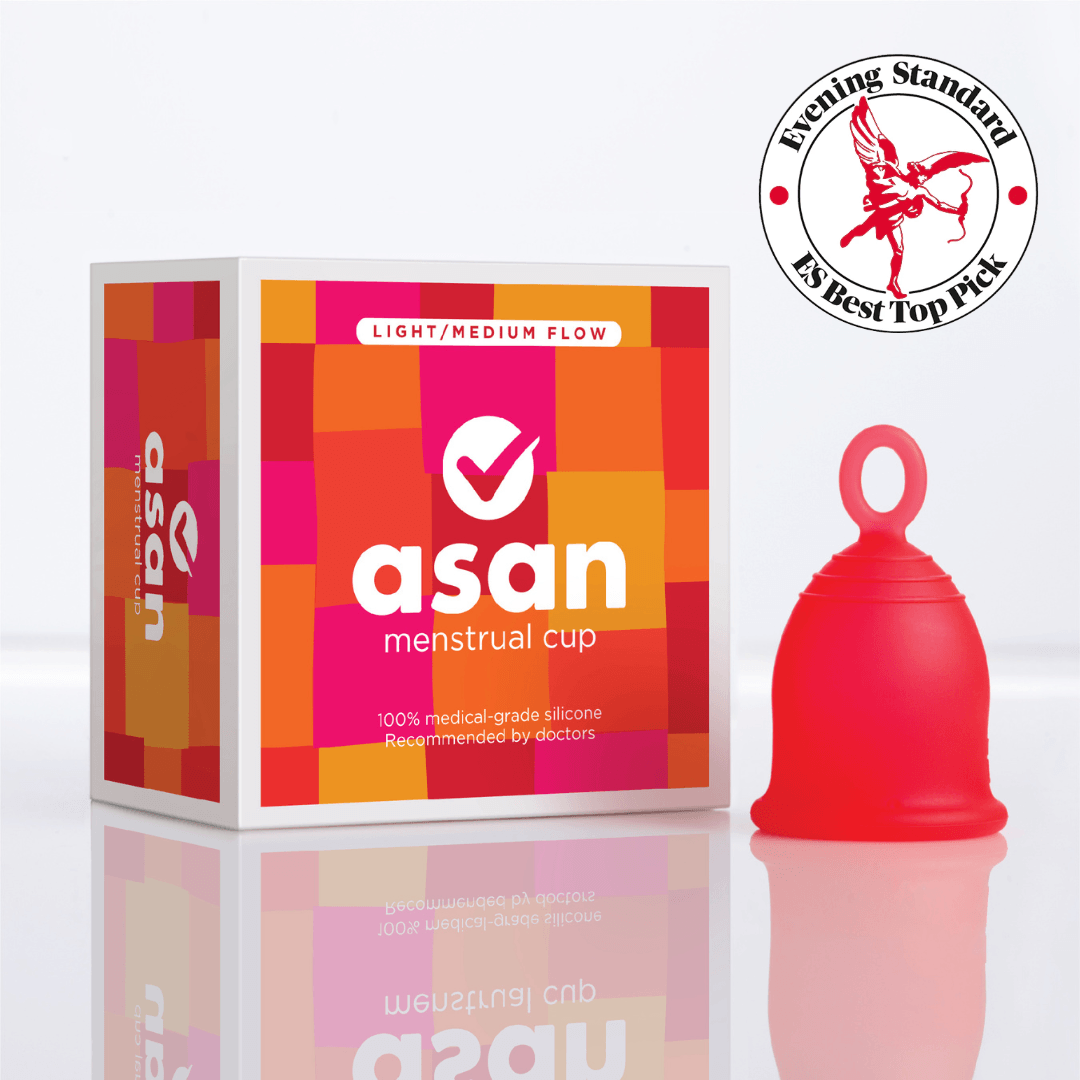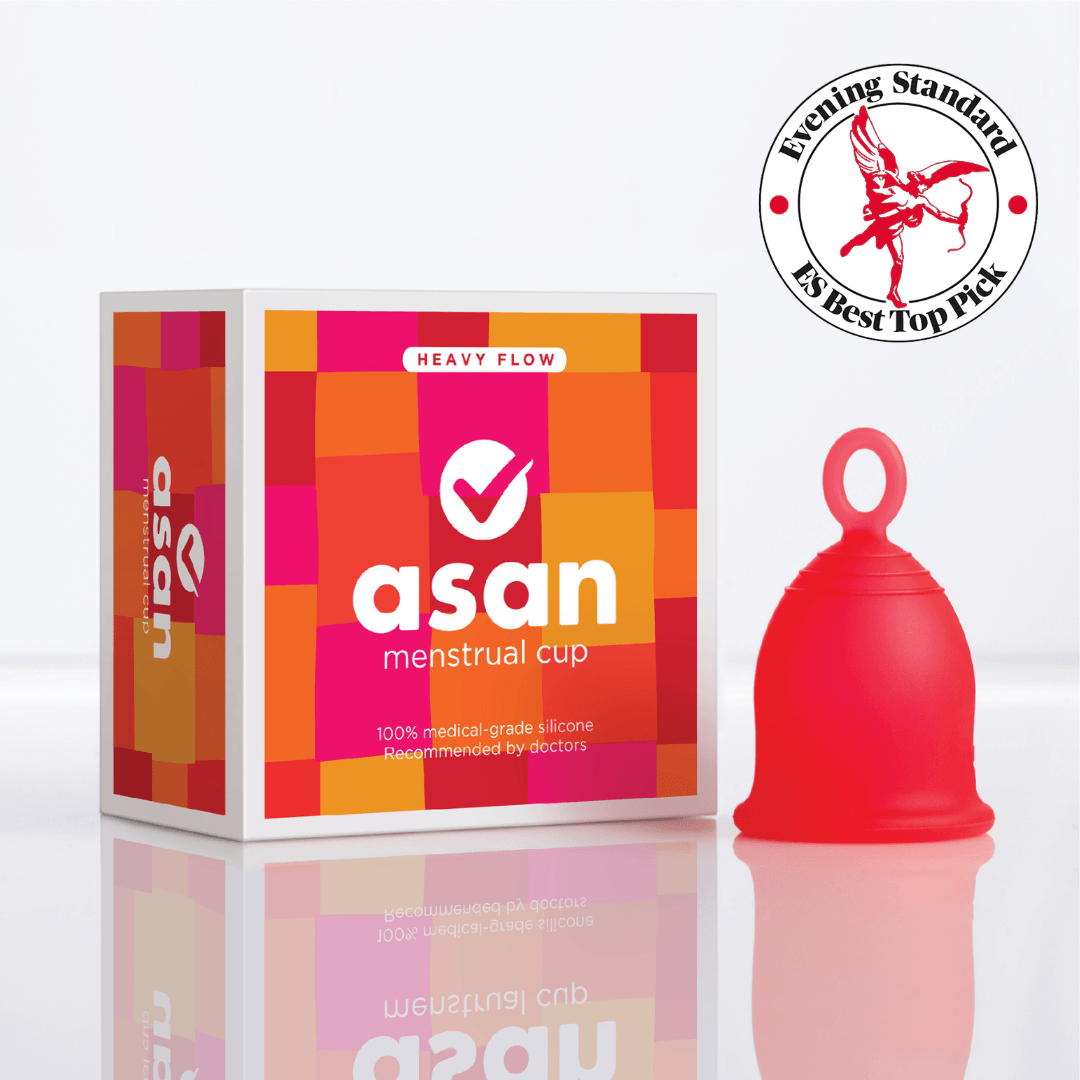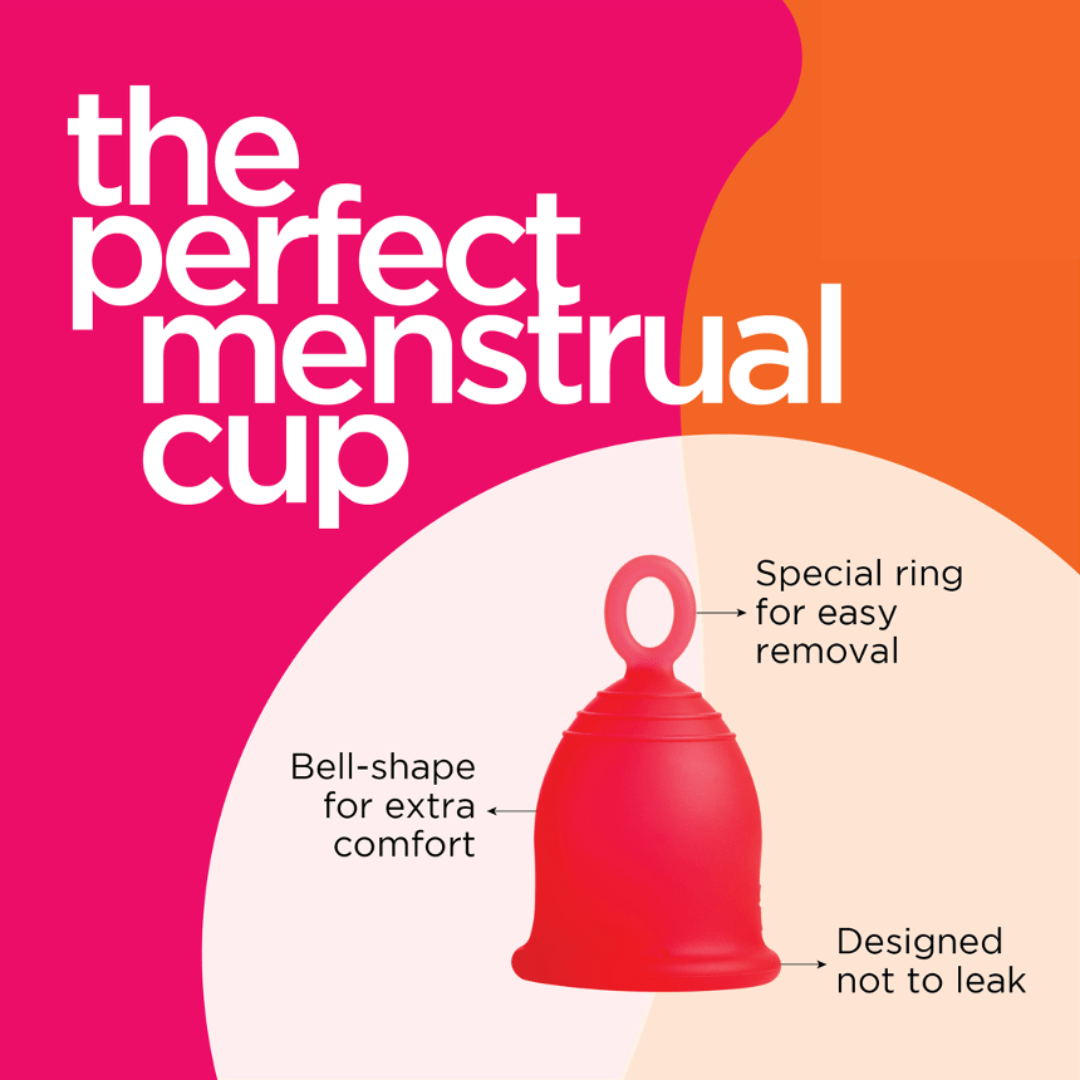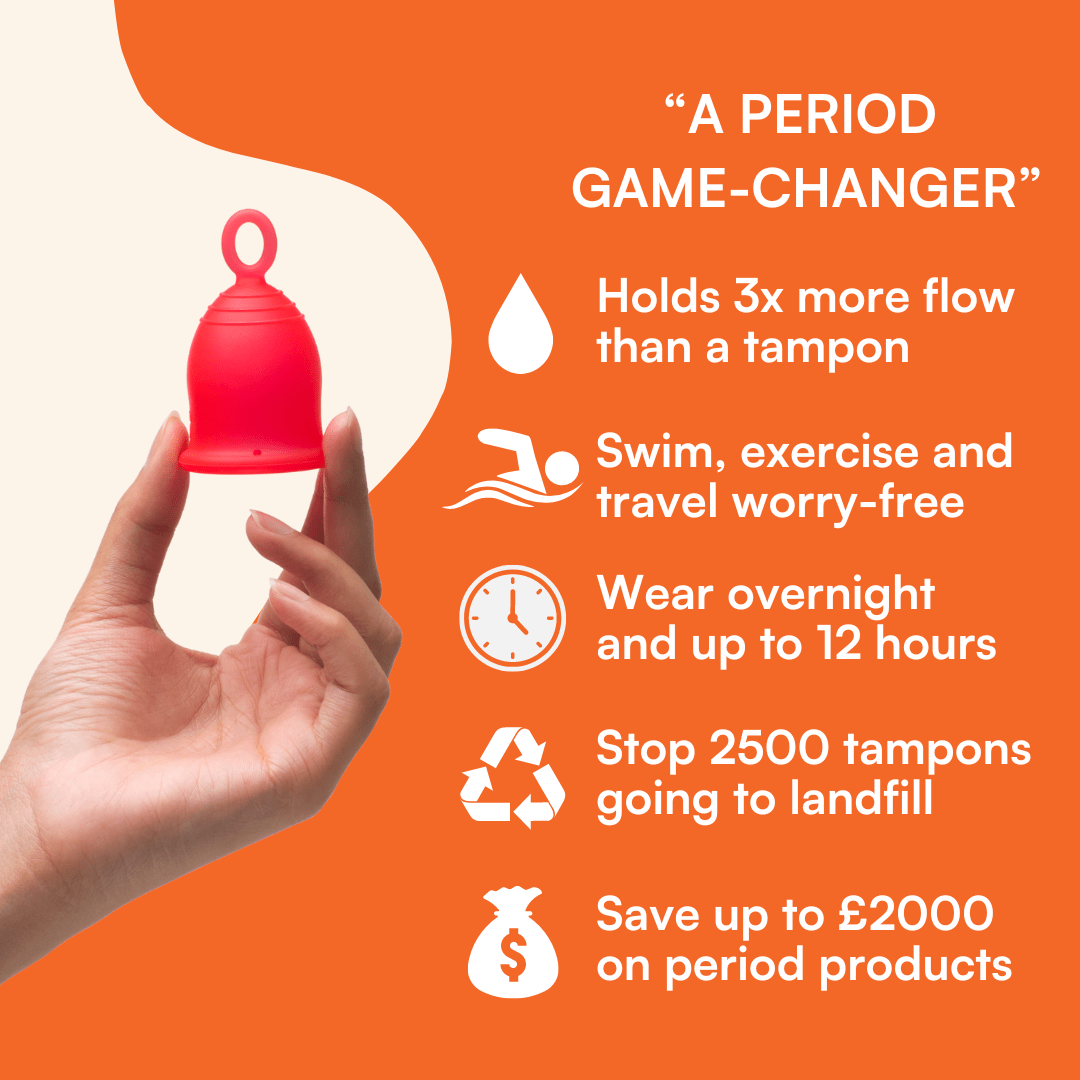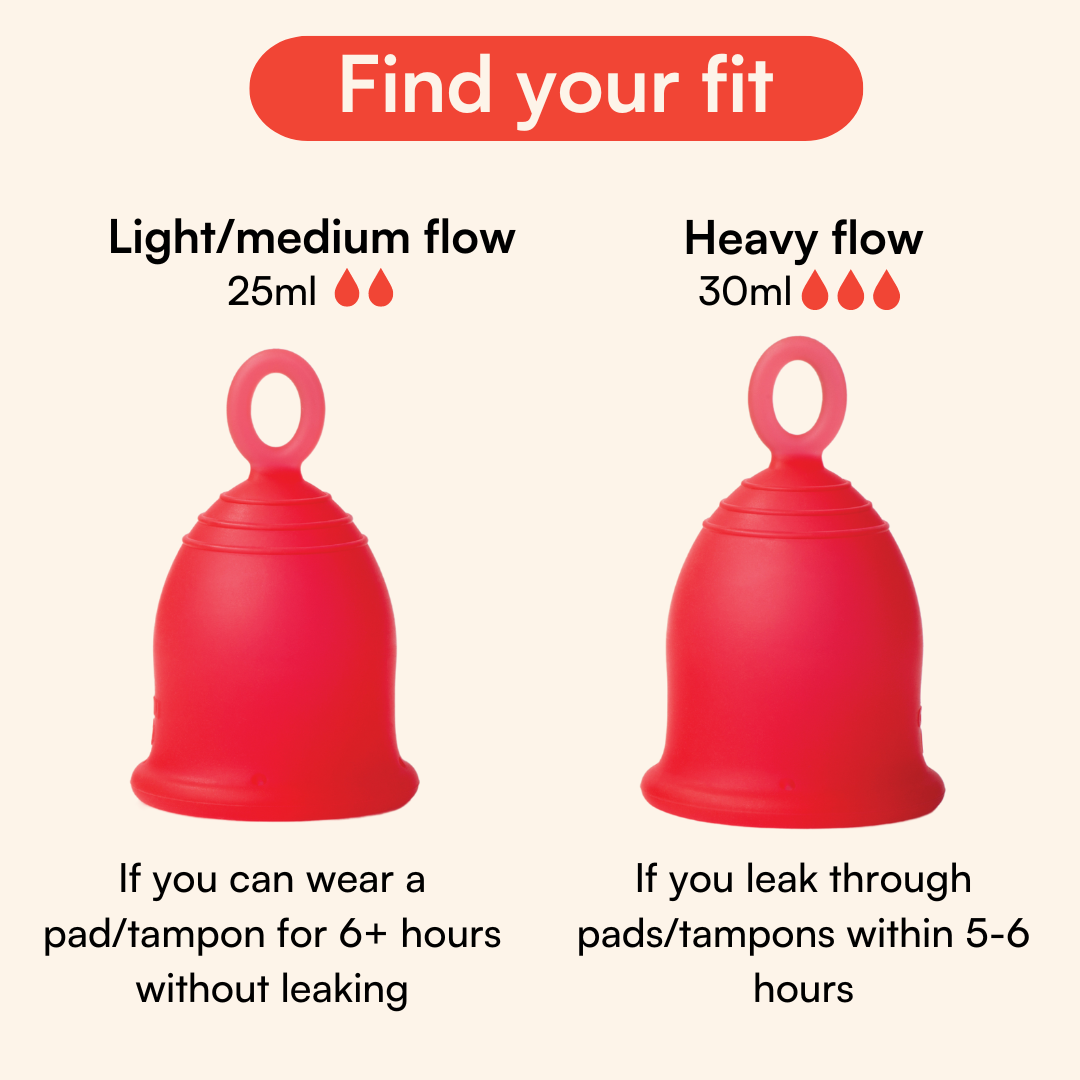 Do you experience period pain before or during your periods? Well you’re not alone!
Do you experience period pain before or during your periods? Well you’re not alone!
Around 80% of women experience period cramps at some stage of their menstruating years. Period cramps are most commonly experienced in your lower abdomen or back.
Period pain usually starts 1 to 3 days before your period and begins peaking in the first 24 hours of your period. It's normal for the pain to last throughout your period, but for most people it subsides after the first 2-3 days.
Thankfully there are many effective period pain solutions which you can try at home to help in coping with menstrual cramps.
But before we get into period pain alleviation tips, let's start by understanding what exactly causes period pain.
what causes period pain?
Period pain can be a natural part of your menstrual cycle.
On the onset of and during your period, your body has high amounts of a hormone called prostaglandins. The job of prostaglandins is to help your uterine muscles contract so that it releases your period flow during menstruation.
However, these contractions also cause cramping - which is what you experience as period pain. The higher the prostaglandin in your body, the more severe your contractions and period pain will likely be.
As you bleed and your uterine lining sheds, the levels of prostaglandin starts going down - thus reducing your period cramps towards the end of the menstrual phase.
To learn more about period pain, read this blog on period cramps.
how much period pain is normal?
While experiencing period cramps is natural, if your cramps are preventing you from going on with your daily activities (such as school or work) then you may require medical attention.
Period cramps that make you bedridden might be a sign of an underlying condition, such as endometriosis, PCOS or another menstrual health issue. If you can relate to this, we recommend seeing a doctor to find the best solution for you.
Now that we know what causes pain during periods, let's learn the 10 best ways to relieve period pain.
1. Do light yoga or exercises
One of the best menstrual cramp remedies is to do some sort of physical activity during your periods.
Exercising during your periods can enable better blood circulation and helps release endorphins, which helps in soothing period cramps.
 While working out on your period is a great idea, the most important thing is to listen to your body. A great place to start is by doing some light yoga and breathing exercises.
While working out on your period is a great idea, the most important thing is to listen to your body. A great place to start is by doing some light yoga and breathing exercises.
2. Use a hot water bottle or a heating pad
One of the most popular non-medicinal period pain remedies involves using a hot water bottle or heating pad on your abdomen or lower back.
When you apply heat to your pain-points, this relaxes your uterine contractions - reducing your cramps.
3. Consume ginger
Ginger is known to be a great herbal remedy for menstrual cramps. This is because it can reduce levels of prostaglandin in your body - the hormone that causes period pain.
As a result, it can help relax uterine muscle spasms and is a great natural way to ease period pain.
 The best way to consume ginger is by brewing fresh ginger in hot water or tea.
The best way to consume ginger is by brewing fresh ginger in hot water or tea.
4. Drink chamomile tea
A commonly known home remedy for period pain is chamomile tea.
Chamomile possesses antispasmodic properties - which helps reduce your uterus muscles from contracting.
So a great way to alleviate menstrual discomfort is by consuming chamomile tea on the days you experience period cramps.
Depending on the concentration of the chamomile present in your tea, this can be effective for up to 4-6 hours.
5. Massage your pain-points with essential oils
A great natural period pain relief tip is to massage your pain-points with essential oils.
Essential oils made from natural ingredients (such as clove, lavender or rose) can help release the tension that causes period cramps.
 The most important thing is to listen to your body and only apply a comfortable amount of pressure while massaging.
The most important thing is to listen to your body and only apply a comfortable amount of pressure while massaging.
6. Drink decaf coffee
If you are a coffee drinker, we recommend switching to decaf coffee while you experience menstrual cramps.
This is because caffeine can make your blood vessels narrower, thus restricting your uterus from releasing your menstrual flow as easily. This can cause bloating and intensify your period cramps.
7. Skip sugary and oily foods
Sugary and oily foods tend to have inflammatory properties, which can cause inflammation and bloating in your uterus.
So if you are experiencing period cramps we advise you to avoid sugar and oil-rich foods during menstruation to minimise period discomfort.
8. Reach orgasm
Whether this is through self pleasure or penetrative sex, reaching orgasm can help reduce your period cramps.
This is because during an orgasm your uterine muscles contract and then release - which brings ease to period cramps.
Read this blog to learn more about periods and pleasure.
9. Take pain relief medication
There are many pain relief medications available that can help alleviate your period cramps.
 While pain relief medications are a good option for quick relief from period pain, we recommend consulting a healthcare professional to understand what will best suit your body.
While pain relief medications are a good option for quick relief from period pain, we recommend consulting a healthcare professional to understand what will best suit your body.
10. Eat iron-rich foods such as leafy greens or red meat
While consuming iron does not directly help in easing menstrual discomfort, eating iron-rich foods is important during your period.
This is because as you lose blood, your body needs more iron to make up for the blood lost.
So eating iron-rich foods such as spinach, kale, red meats and lentils helps your body replenish during and after menstruation - and maintain a healthy menstrual cycle.
 Now that you’ve read through our top 10 tips for reducing period pain naturally, give them a try at home! We hope they help you with your cramps.
Now that you’ve read through our top 10 tips for reducing period pain naturally, give them a try at home! We hope they help you with your cramps.
Another great way to make yourself more comfortable during periods is by switching to the Asan cup.
Designed with a unique removal ring for ease-of-use, the Asan cup is a fantastic alternative to sanitary pads - which cause constant itching and rashes.



